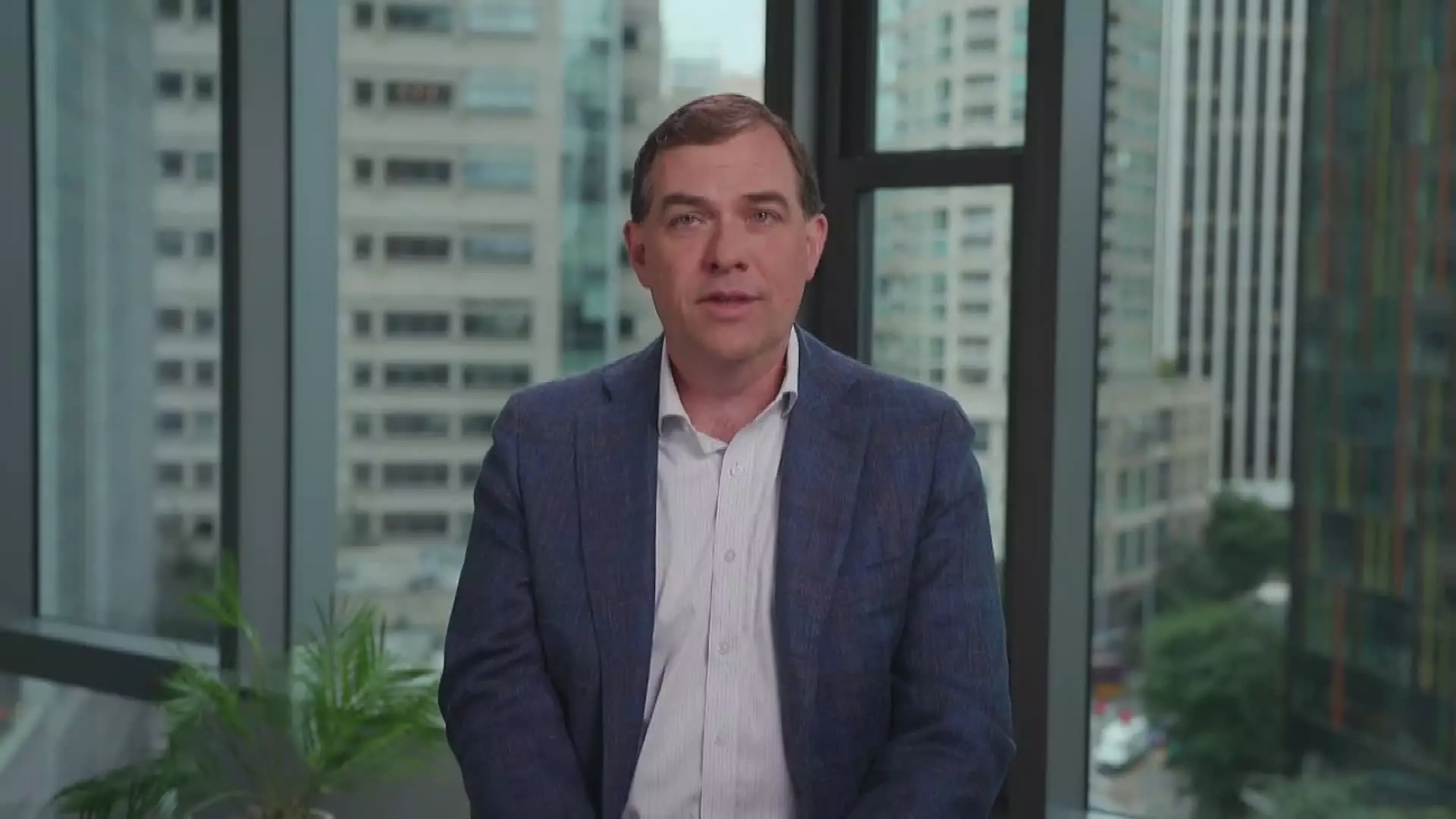In an era where workplace norms continue to evolve, Amazon’s latest directive to enforce a five-day in-office requirement has stirred significant discussion among its employees. During a recent all-hands meeting, Matt Garman, the CEO of Amazon Web Services (AWS), candidly articulated the company’s stance on returning to in-person work. While the rationale behind this decision is anchored in fostering collaboration, the broader implications for employee satisfaction and company culture deserve a deeper examination.
Amazon’s abrupt shift from a more flexible work environment to a strict in-office mandate has raised eyebrows. Previously, employees were only required to be in the office three days a week, providing a semblance of work-life balance amid the pandemic. The company’s current stance signals a shift towards traditional corporate structures where presence is often conflated with productivity. Garman explicitly stated that those who are unwilling to comply might consider seeking employment elsewhere, a remark that underscores the company’s rigorous approach to its organizational culture.
There is a legitimate concern about whether physical presence alone translates to enhanced productivity. Many employees argue that they have maintained or even increased their effectiveness while working remotely. The mandate, as articulated by Garman, aims to cultivate a collaborative atmosphere that Amazon believes is integral to innovation and teamwork. Yet, this raises critical questions about what collaboration truly means in a hybrid work landscape. Is it merely being physically together, or is it about fostering an environment where ideas can flow freely, regardless of location?
The reaction to this sweeping directive has not been universally positive. Reports indicate that approximately 37,000 employees have joined a dedicated Slack channel to voice their concerns regarding the return-to-office mandate. This sizeable number indicates a significant faction of the workforce that feels their preferences and working conditions are being overlooked. The feedback echoes a growing sentiment among modern workers: flexibility is not only a perk but a necessity for many, especially those balancing familial obligations.
While Garman mentioned that “nine out of 10 people are actually quite excited” about the change, it’s critical to weigh this optimism against the strong counter-arguments presented by dissenters. The concerns regarding the added strain on family dynamics and caregivers are particularly poignant in a post-pandemic world, where many have recalibrated their work-life balance. For Amazon to successfully implement this mandate, it must address these valid concerns rather than dismiss them as mere resistance to change.
Delving deeper into the motivations behind the return-to-office policy, Garman alluded to preserving Amazon’s leadership principles and cultural ethos. The principle of “disagree and commit” is one of the foundational philosophies designed to encourage open discourse and innovation. However, Garman himself pointed out the inherent challenges of engaging in fruitful dialogue through digital mediums, suggesting that in-person interactions facilitate a more robust exchange of ideas.
This raises another crucial question: Is the physical workplace truly conducive to fostering the kind of innovative discourse that Amazon prizes? Or does this insistence on in-person work risk stifling the very creativity it seeks to enhance? In an age where technology has enabled a diverse array of communication platforms, it may be worthwhile for companies like Amazon to explore hybrid models that respect both employee preferences and the need for collaboration.
Amazon’s decision to impose a five-day in-office requirement encapsulates the tension many companies face when adapting to post-pandemic realities. While the intent to enhance collaboration and preserve company culture is understandable, the potential alienation of a significant portion of its workforce raises alarms about employee satisfaction and retention. As Garman navigates this complex terrain, Amazon must recognize that the future of work may not be as simple as a one-size-fits-all mandate. Adapting to the varied needs of employees could be the key to not just survival but thriving in an increasingly competitive landscape. The company’s response to this back-and-forth will likely define its culture and productivity for years to come.


Leave a Reply